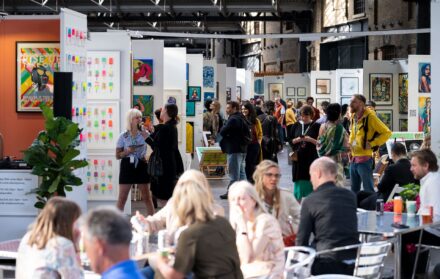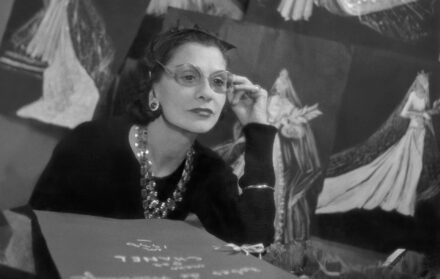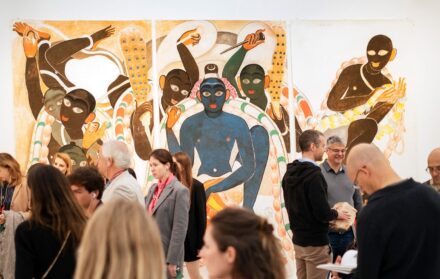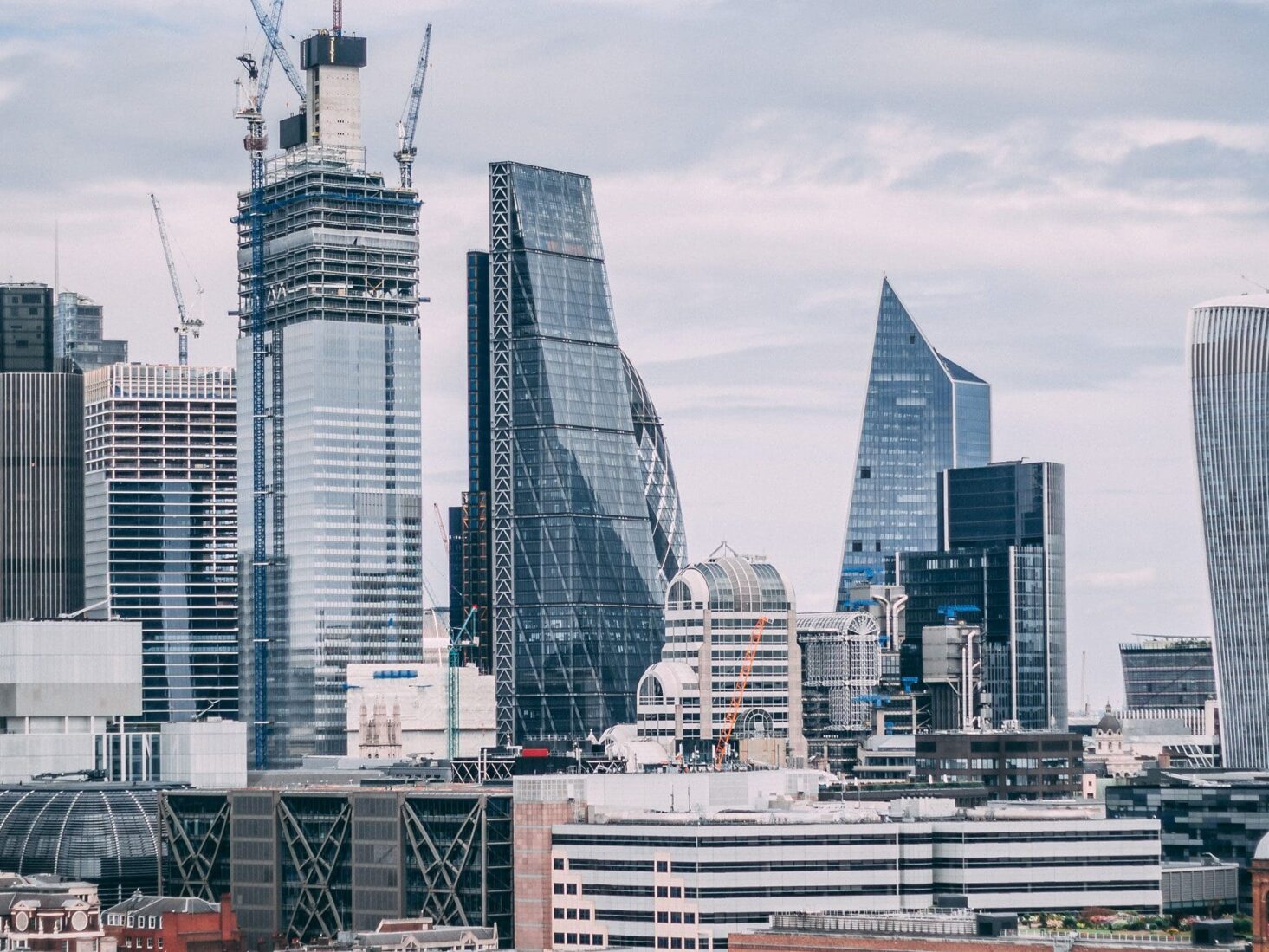
To love or to loathe: a short history of London’s most contentious buildings
Meet the London-based developments that have most divided public opinion
hen a minor member of the Royal Family is wheeled out to open a small curtain with a plaque behind it, the assumption is generally that the building they’ve just inaugurated will outlast them by a comfortable distance. Not only that, but as far as Royal duties are concerned, turning up to open a shopping complex, bridge or civic centre would perhaps be considered one of their more innocuous tasks.
Oh contraire. The furore that can follow the erection of a structure that dots, peeps, looms, leers and occasionally wobbles on the London skyline can make the centuries-long soap opera based at Buckingham Palace (itself a building of contention when it was completed in 1850) seem almost tranquil. As companies start to move in to the recently opened 22 Bishopsgate (the new, tallest skyscraper in the City), Luxury London rounds-up the piles of bricks, cement, concrete and controversy that have most divided public opinion over the past 150 years.
20 Fenchurch Street aka the ‘Walkie-Talkie’
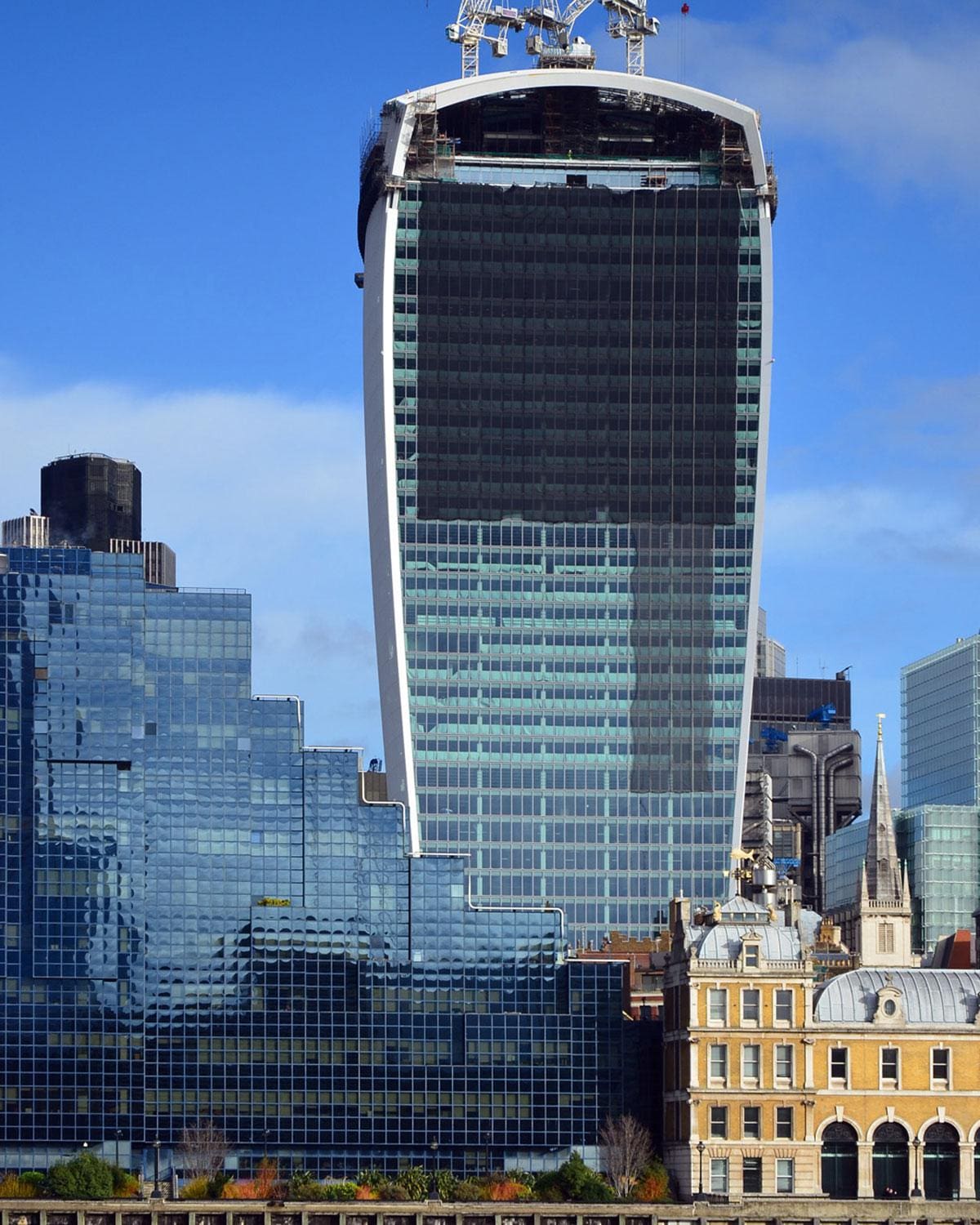 | 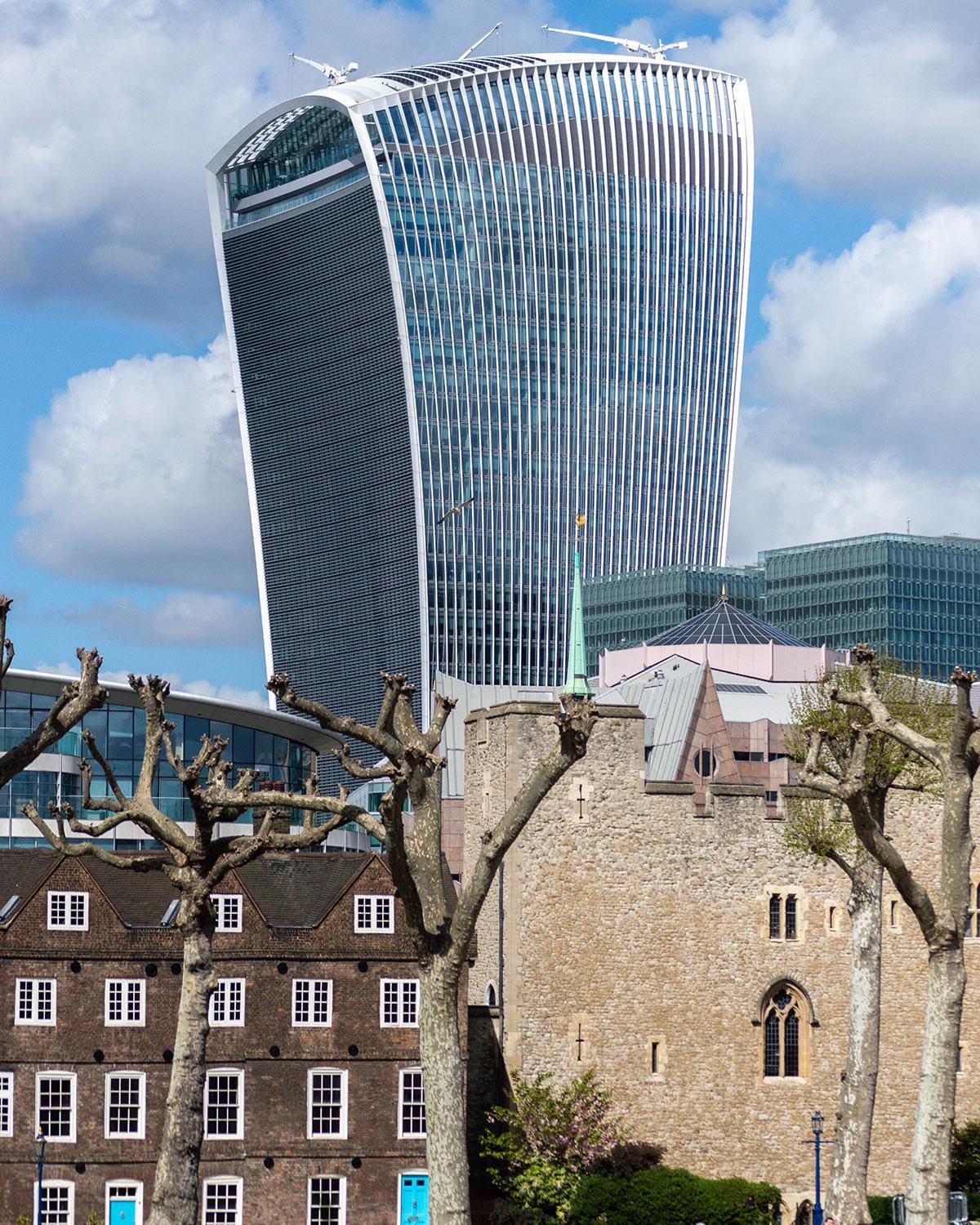 |
WOpened in 2014, the top heavy, bulbous design of Uruguayan architect Rafael Vinoly was reduced in height before construction even began due to concerns that it would overwhelm views of St. Paul’s cathedral and the Tower of London. But this was just the beginning of the saga of the ‘Walkie-Talkie’.
A quite astonishing design flaw meant that the curved glass acted as a laser beam, intensifying and reflecting the sun onto the streets surrounding the building. The results included melted cars, baked shop fronts, ruined bicycle saddles and a short lived craze for frying eggs on the pavements. With street-level temperatures soaring to more than 70°C, the level of opprobrium towards the building was no less heated among the architectural and planning cognoscenti, with Paul Finch, a vehement supporter of the building throughout the planning process, since stating that the developers “made a mess of it, and are the architects of their own misfortune”.
Tower Bridge
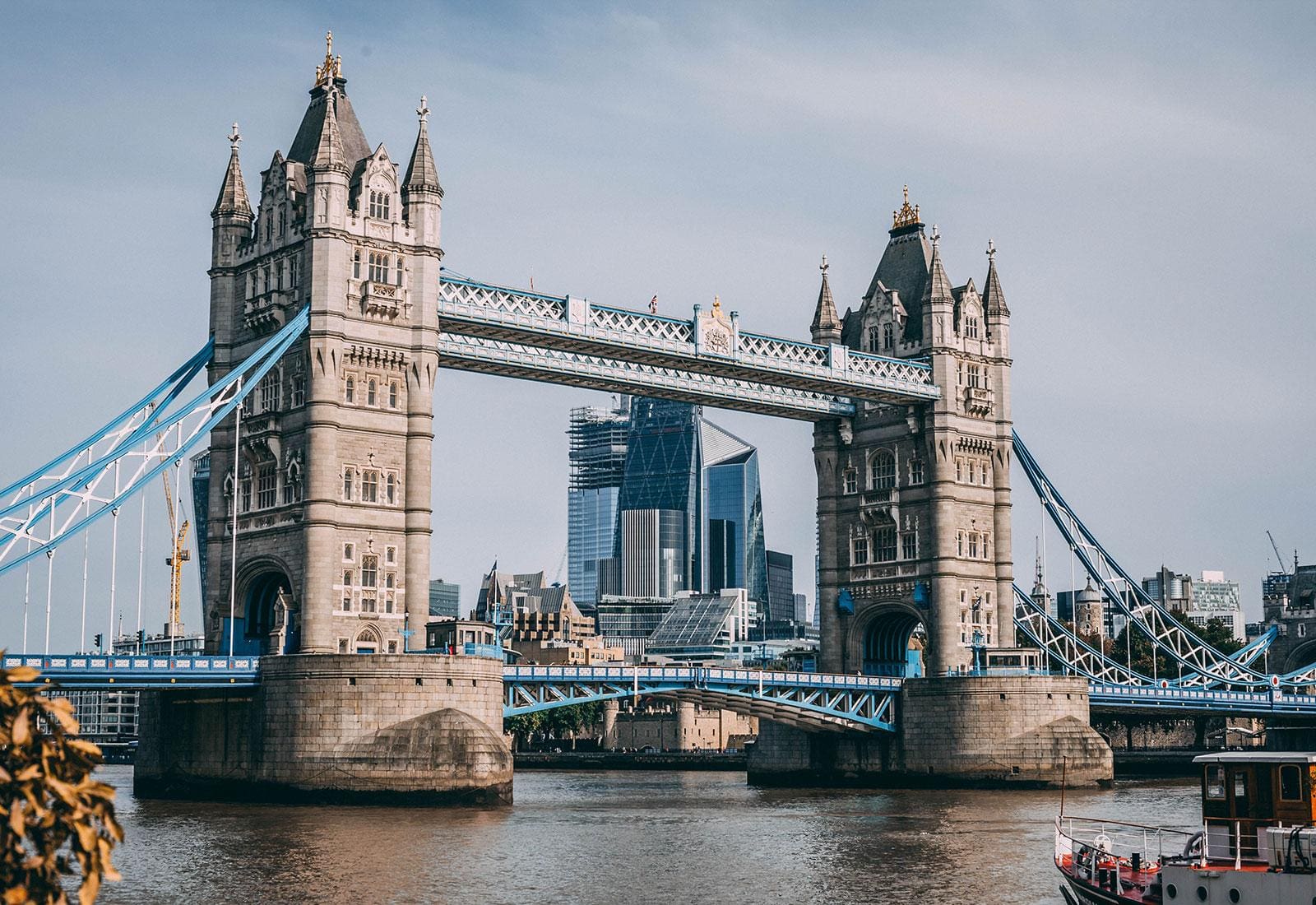
Cheap, showy and unworthy of the Thames. Incredibly, these were the criticisms levelled at Sir Joseph Bazalgette, the architect of Tower Bridge, when it first raised its drawbridge in 1894. The Gothic style of the bridge was unpopular with the public and critics alike. The Pall Mall Gazette wrote that “there certainly seems to be a subtle quality of ungainliness, a certain variegated ugliness, so to speak, that age can scarcely wither or custom stale, about this new bridge”.
Tower Bridge has, of course, undergone a radical change of perception among Londoners in the century and a half since its construction. However, as beloved by tourists and film makers as it may now be, some very crucial design flaws remain. Even now, if it’s winter and the bridge is opened to allow vessels to pass through, there is nowhere for pedestrians and cyclists to shelter from the elements.
The Barbican
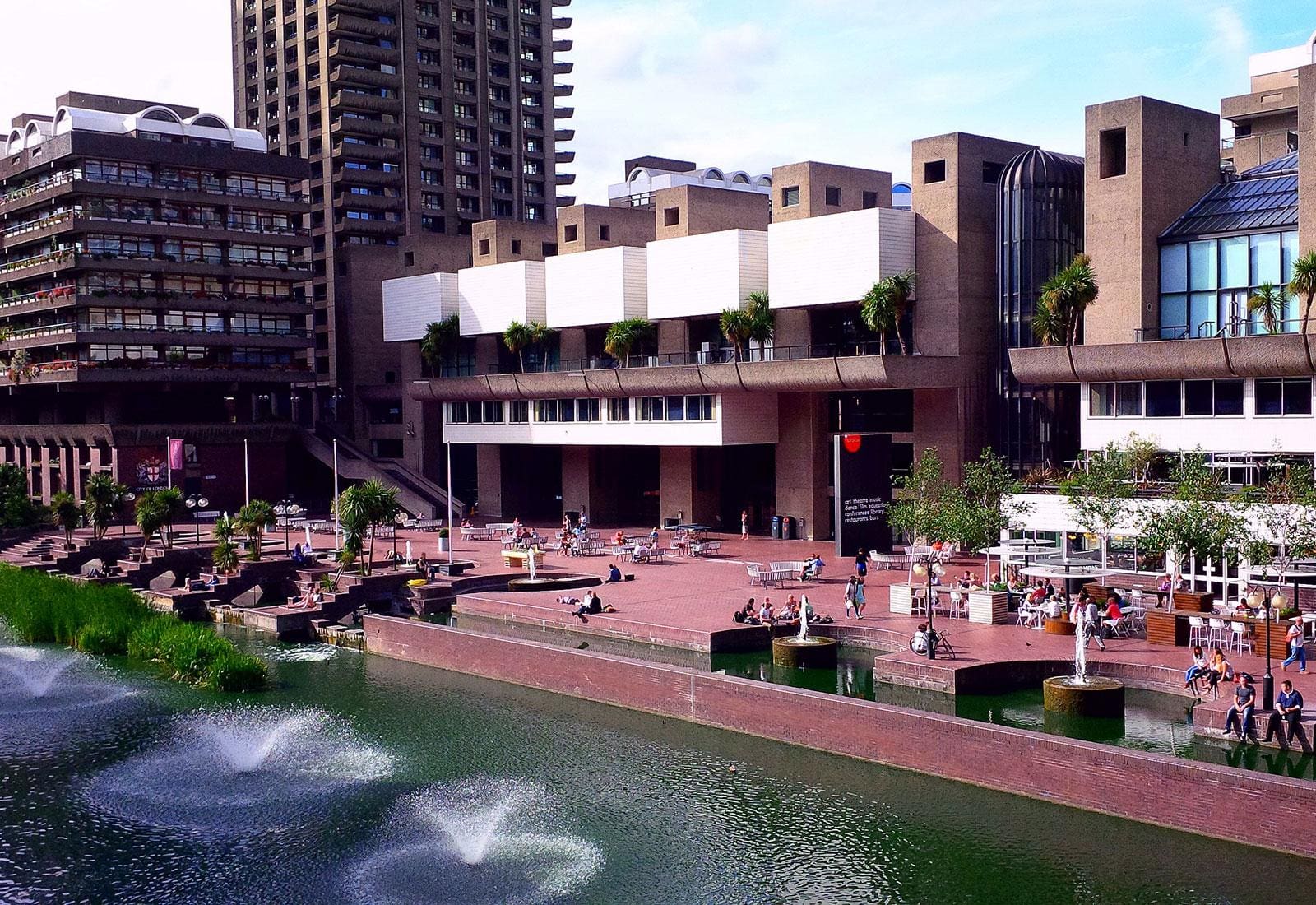
One of London’s better urban myths is that the Barbican centre was created by the inventor of the Barbie doll, with the name not-so-subtly sounding like ‘Barbie And Ken’ if you say it with an American drawl. It’s utter nonsense, of course, but perhaps a regression to childhood is the best mental state in which to explore this immense residential and arts complex. All those stairs. All those hiding places. The labyrinth of tunnels. The ridiculous ease with which you can get hopelessly lost.
It may be Grade II-listed, but the Barbican still regularly tops public polls of London’s Ugliest Building. Devised in the ’60s and built in the ’70s, but not opened until 1982 (by The Queen of course), the idea was to create a European-style hub of residences and cultural facilities aimed at well-heeled professionals and foreign businessman needing a London pied a terre.
The result is a complex that still causes huge divisions among Londoners. Many adore the place and covet the idea of living there due to its strong resident community and central location. There are many more, however, who find the place horribly dreary and oppressive. Four decades on from opening day, the jury is still out.
Euston Arch
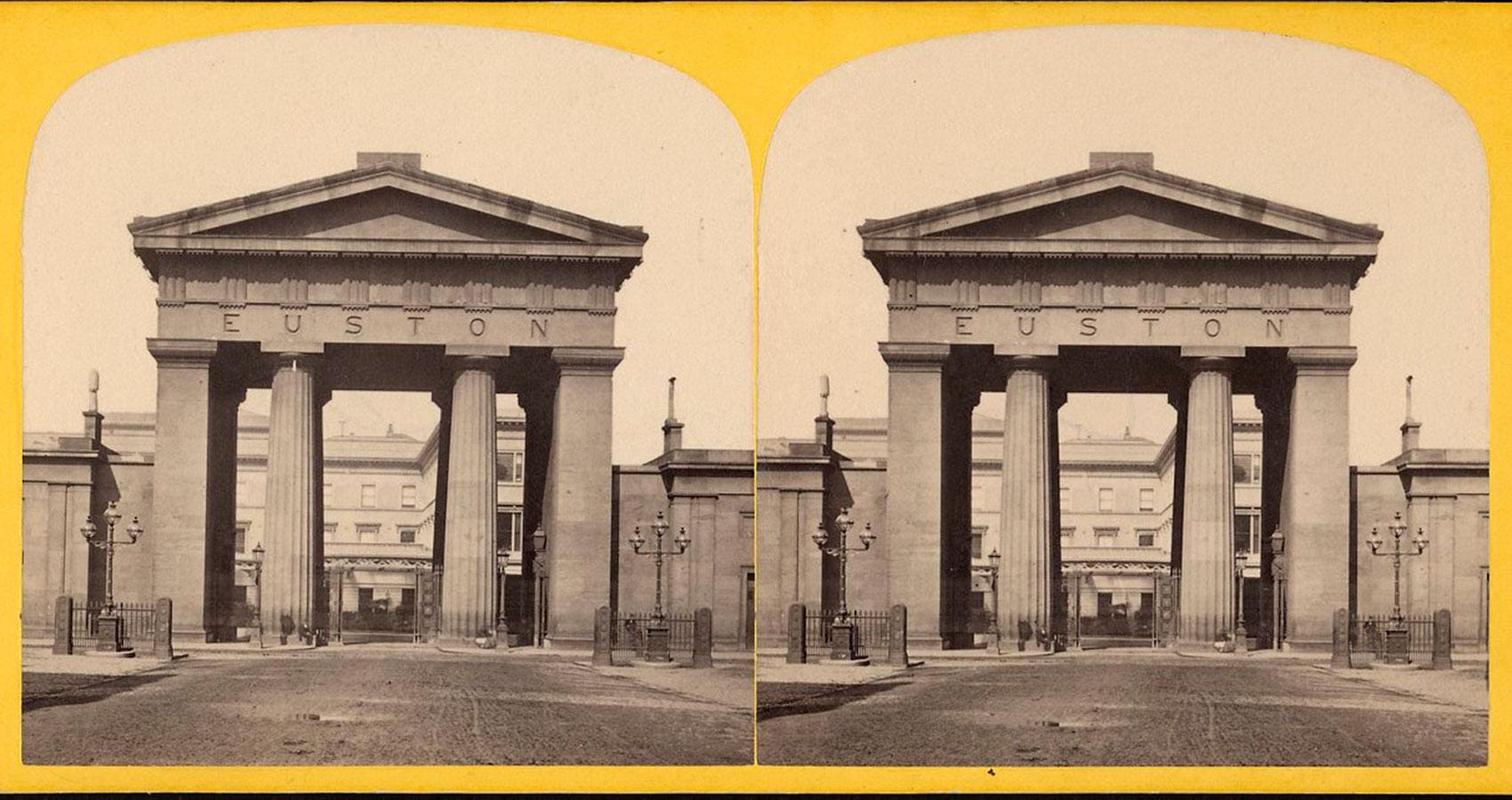
The British equivalent of Penn Station, the bulldozing of Euston Arch had a similar effect on Londoners as the demolition of the glorious Manhattan railway terminal had on New Yorkers. Built in 1837, this immense Doric column was a beloved London landmark which, despite protests from the public spearheaded by the future Poet Laureate John Betjeman, was demolished with a haste that bordered on the violent.
The early 1960s were not a time when sympathy towards historic buildings was in large supply. Amid the ‘you’ve never had it so good’ modernising zeal of PM Harold MacMillan’s Britain, innumerable buildings of huge beauty and significance were levelled in the capital. None was more criticised than the destruction of the Arch, destroyed to make way for a revamped Euston station which, as it turned out upon completion in 1968, didn’t require the razing of the arch at all.
The only crumb of comfort was that, in the aftermath of the arch’s demise, much more effective pressure groups were formed to stop any further acts of gross vandalism on London’s most revered structures. To this day, plans to resurrect the Euston Arch continue to be formed but, for the moment, only the two gatehouses to the arch remain. Both are now pubs.
SIS (MI6) building
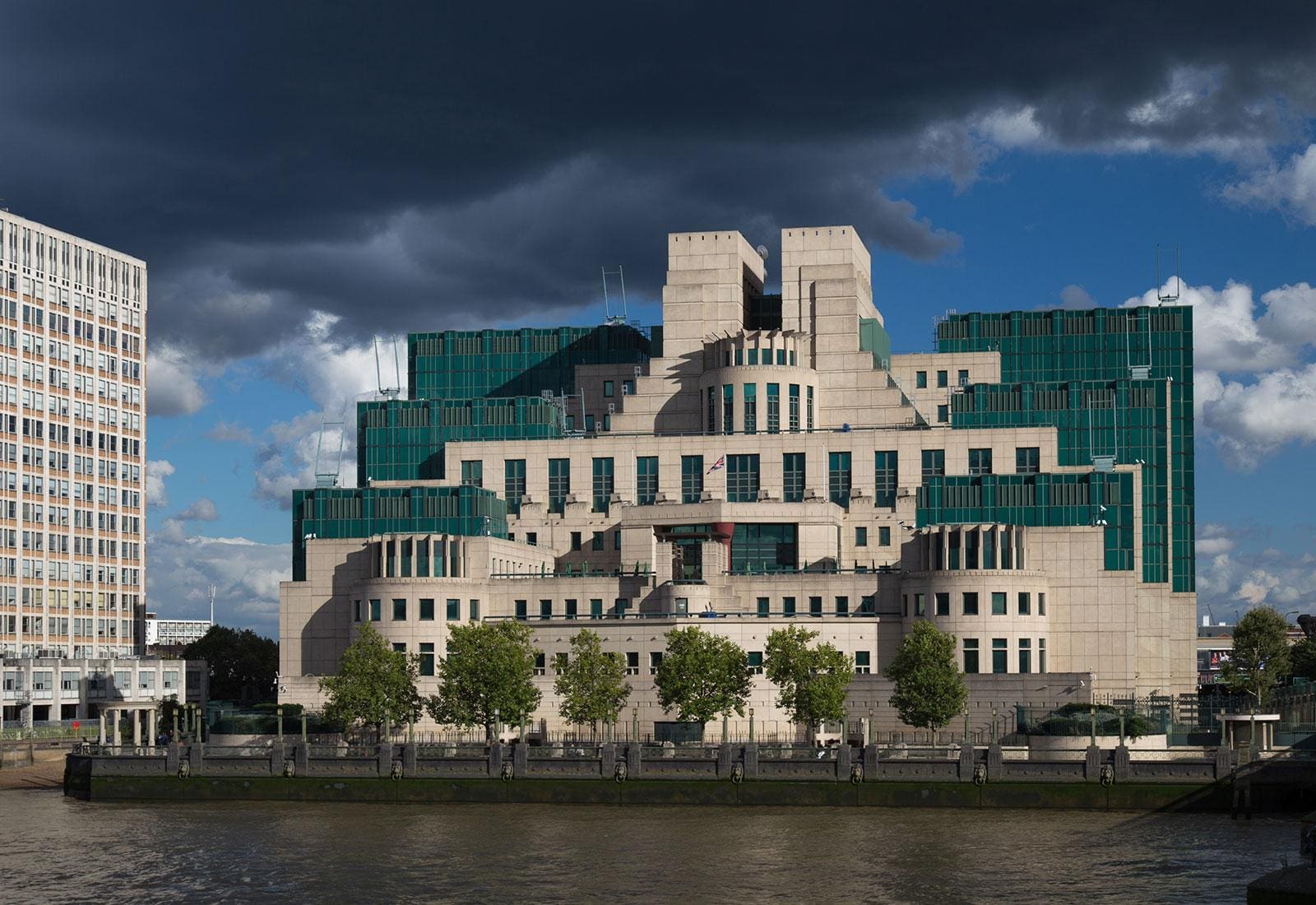
Looking for all the world like one of the gargantuan structures featured in Terry Gilliam’s futurist dystopia movie Brazil, the MI6 building is a classic example of what can happen when an organisation desires a building that not only matches, but exceeds its reputation.
Monolithic, hostile and seemingly indestructible, these are commendable ideals for the Secret Intelligence Service, but they don’t translate to good architecture. Terry Farrell claimed his design was influenced by Mayan and Aztec religious temples but the result looks like a small mountain of crumpled IKEA flat pack furniture boxes assembled by a three-year-old in a game of half-finished Jenga.
Rumour has it that when MI6 staff were treated to a preview of the James Bond movie Skyfall (where the building features prominently), the employees erupted with cheers when their loathed workplace was destroyed.
Elephant And Castle Shopping Centre
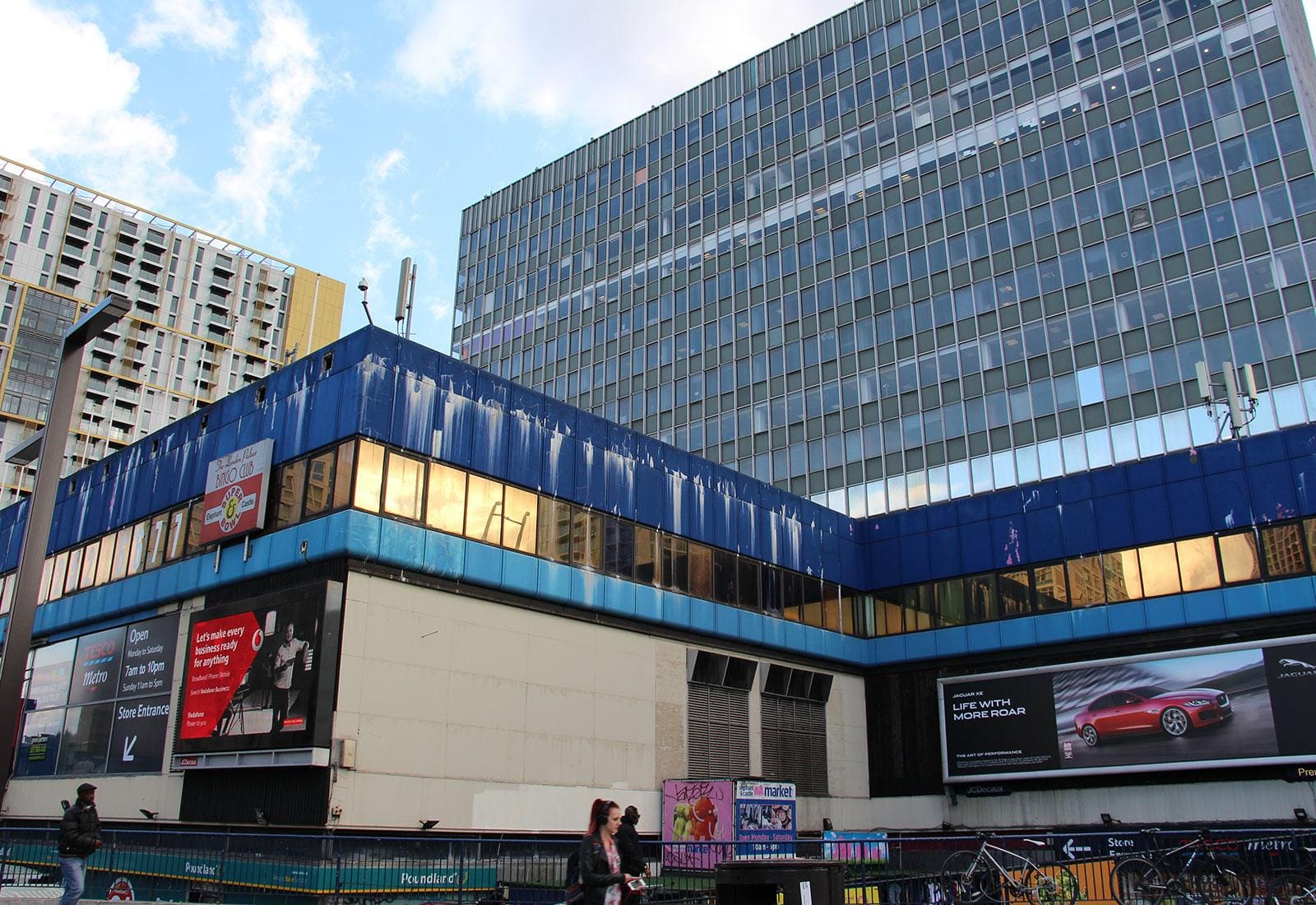
Being bulldozed at the time of writing, the Elephant and Castle shopping centre now has a vocal minority of supporters who believe that its quintessentially 1960’s design should have been preserved.
Opened in 1965, this was one of the first American-style malls in London, with more than 100 shops on three levels and incorporating a tube and overland station within. But the expected throngs of shoppers never really materialised; the location at the centre of two monstrous roundabouts and the dank underground passageways that granted access beneath the roads all meant that the centre developed a mordant, dismal atmosphere long before Southwark Council ordered demolition to make way for, unsurprisingly, luxury flats.
Will it be missed? Not by many. But the dying days of the centre did convert a new generation of fans. With the big chain stores having long fled, the last years saw a glut of alternative businesses occupying the place; including a Polish milk bar and a string of dirt-cheap Columbian takeaways in the strange concrete moat that surrounded the building. Whether these enterprises will or won’t be part of the high-end replacement complex is, let’s be honest, not a difficult question to answer.
Nova Victoria
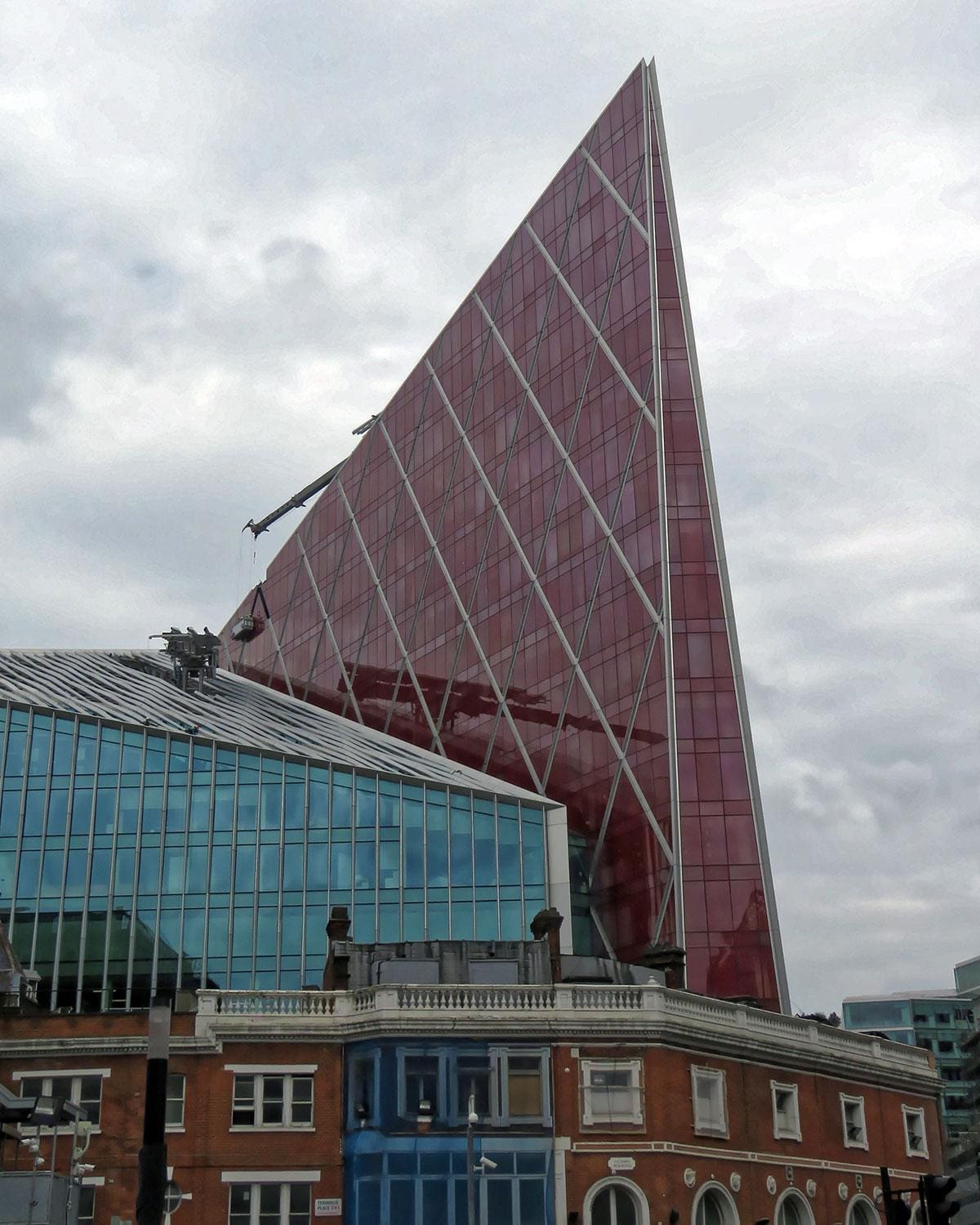
It hasn’t been held for the last three years, but, between 2006 and 2018 the Carbuncle Cup was a much anticipated annual award meted out by Building Design magazine to the ugliest new building in Britain.
The final winner (and thus, presumably, still the owner in perpetuity) is the truly grim Nova Victoria building. Described by the judges as a ‘crass, over-scaled… hideous mess’, the building has a retina damaging black and white stripe motif on the outside and is flanked by a blood red, glass ‘spire’ on one side. It’s impossible to beat the description this was given by the Carbuncle judges, who winced at “the bright red prows that adorn various points of the exterior like the inflamed protruding breasts of demented preening cockerels”.
The building cost £380 million. Architect Gordon Benson claimed that Nova, “has to speak two languages, Latin towards Belgravia, and Samuel Beckett to the other side”. The language it triggers in most Londoners can probably be said to have more in common with Picasso’s ‘blue’ period.
Millennium Bridge
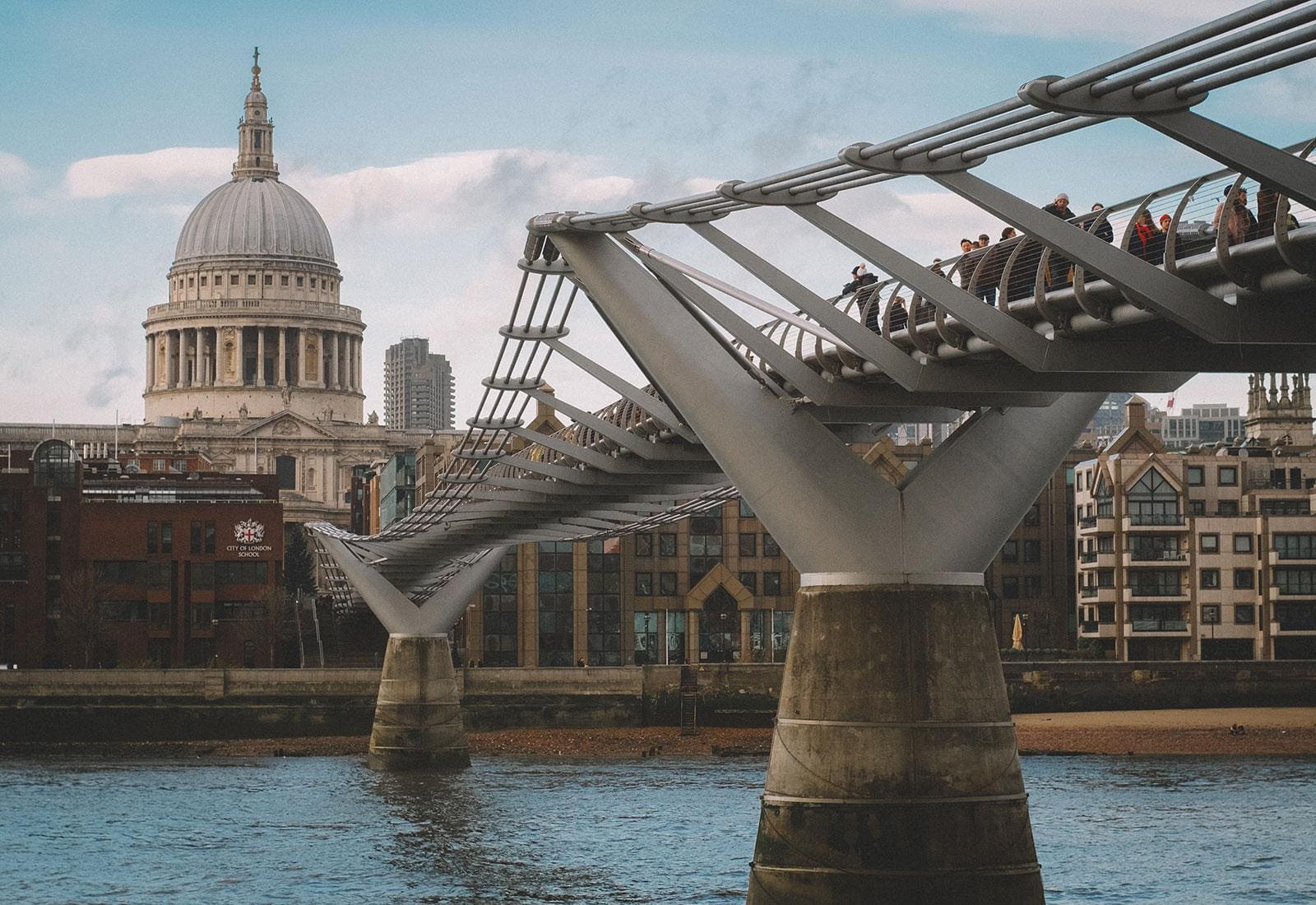
Back in the 1970s, the UK had a well-deserved reputation for not being able to make anything competently, as any ageing owners of an Austin Allegro will testify. But by the year 2000 it was thought that the engineers and architects of this nation had upped their game – until the Millennium Bridge was opened. Spanning the Thames between the Tate Modern and St. Paul’s, the bridge opened to great fanfare and was abruptly shut again just two days later. The reason? It wobbled. Dangerously so.
Cue two years of repairs to stop the swaying motion and keep the bridge stable. It was hugely embarrassing at the time coming, as it did, on top of the revulsion that public and critics alike felt over the larcenously expensive Millennium Dome down the river in Greenwich.
Two decades later and the bridge has never really recovered its reputation. Looking undeniably flimsy and makeshift compared to the architecture surrounding it, the bridge is a long way from being the ‘blade of light’ that architects Foster and Partners claimed it would be. It’s used (or at least was before Covid) by millions but, frankly, nobody truly loves the Millennium Bridge.
The New Den, Millwall FC, Bermondsey
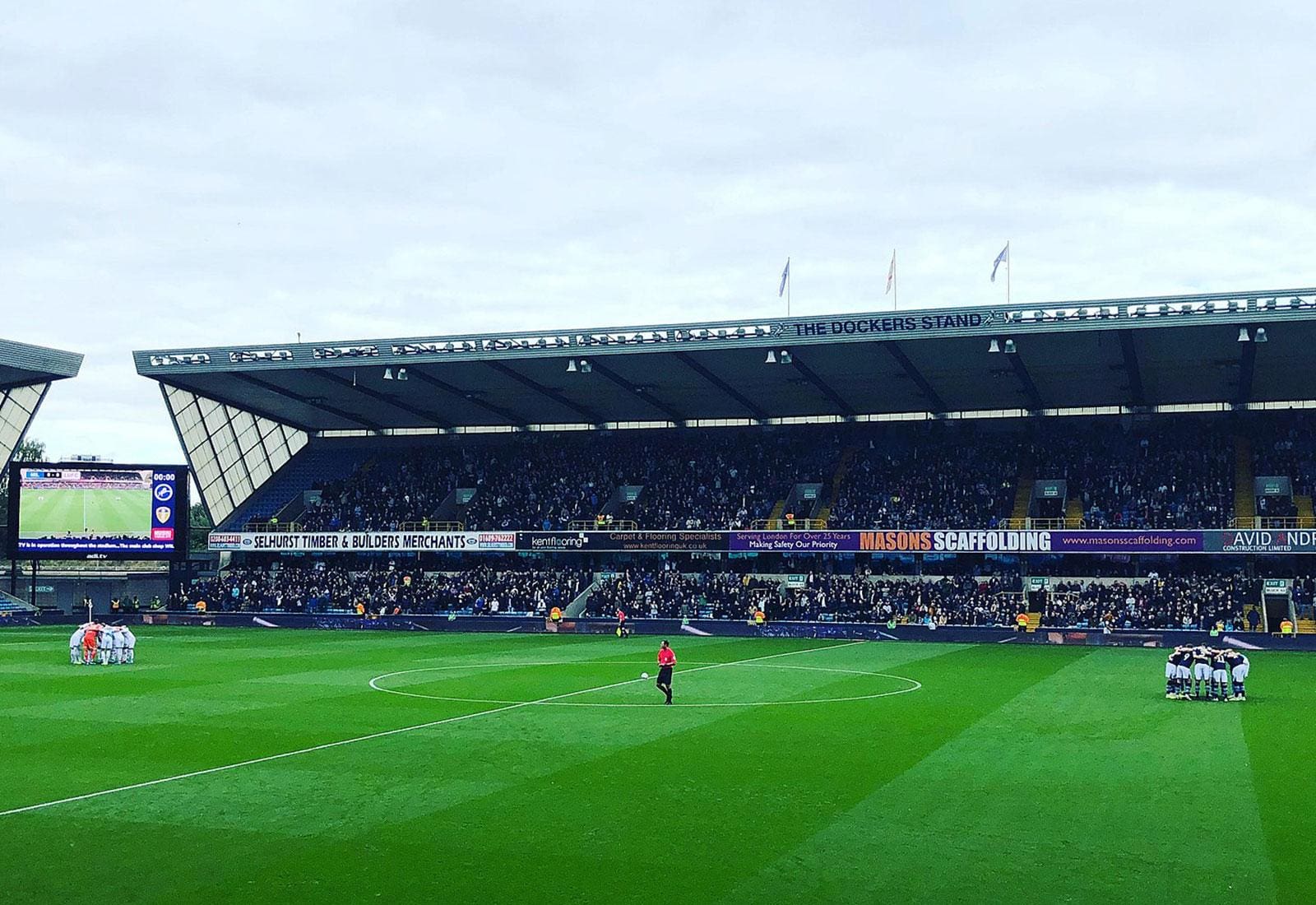
After the 1989 Hillsborough disaster and the subsequent Taylor Report on fan safety, countless football clubs fled their antiquated 19th century grounds and built new, all-seater, safety conscious stadiums. Many of these new constructions in London have been hugely popular with fans, neighbourhood residents and architects alike, but The New Den isn’t one of them.
Opened in 1993 in the Senegal Fields area of Bermondsey, the ground may have won over some Lions supporters who could see fault with the facilities at their old Cold Blow Lane home, but the design of the four near identical stands is numbingly clunky, boxy and devoid of character.
A prime example of modern stadium design before creativity became part of the process, the experience of coming here is particularly loathed by away supporters who need to traverse a caged ‘rat run’ on arrival which leads from the railway station directly to the away end of the ground. The worst sports stadium in London by the length of a 30 yard free kick.




